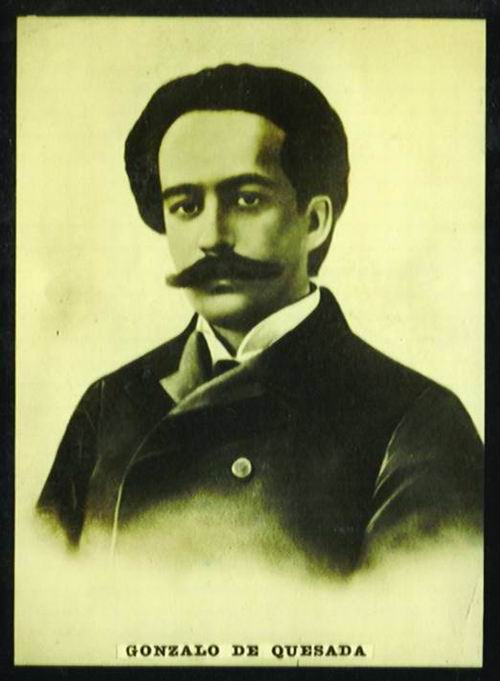3.6.4 Other cultivators of the biography genre and texts of this kind in the period 1868 – 1898

In addition to the authors who were treated independently with respect to their historiographical and biographical production, there were others who occasionally delved into the subject but whose texts are also important for understanding its evolution on the Island.
Among these, we can mention Gonzalo de Quesada y Aróstegui, who earned his law degree in New York City, where his family had emigrated shortly before the end of the Ten Years’ War. He was a close friend of José Martí and was involved in the preparations for the Necessary War. He served as secretary of the Cuban Revolutionary Party and was a member of the editorial board of Patria.
His most important biographical work was “Ignacio Mora” from 1894, which reveals his aim to exalt the spirit of the war effort and also attempts to delve into the essence of the subject’s personality. The author uses a wide range of narrative resources to reconstruct the human side of the subject, beyond his public performance.
An important text for the historical personality it reflects is the biography of Carlos Manuel de Céspedes, written by his son Carlos Manuel de Céspedes de Quesada (1871 – 1939), which he published in Paris in 1895. The work does not propose any aesthetic purpose and the use of language denotes a political end, it also has value for the documentary references and the fact of vindicating one of our most important historical figures and associated with the mythical foundation of the nationality.
For his part, Manuel Sanguily, in addition to his oratory and writing political and historical texts, also cultivated the biographical genre, sketches or longer texts in which he delved deeply into historical figures of interest. His son compiled these biographies in a volume entitled “Nobles memorias,” which includes notes on notable Cubans of the time and a text on Theodore Roosevelt. His most important and relevant work in the development of the biographical genre in Cuba is the one dedicated to José de la Luz y Caballero, published in 1885 in “Revista Cubana,” in which he conveys all his talents as a writer.








